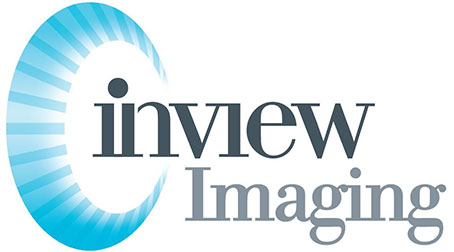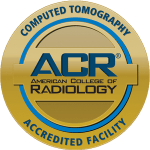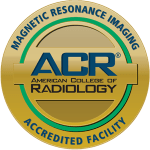Diagnostic Clarity with You in Mind
Dedicated to providing affordable and quality radiology imaging
to patients across the Bay Area.
Our Radiology Services
We offer a wide variety of radiology services at multiple Bay Area locations. Please check what is offered at each location, as they may vary depending on location.
Offered at Lafayette, Antioch, Fremont, San Ramon locations.
Open MRI offered at Concord location
Offered at Oakland, Lafayette, Antioch, Fremont locations.
Offered at Oakland, Antioch, and Fremont locations.
Offered at Oakland, Lafayette, and Antioch locations.
Offered at Oakland, Lafayette, Antioch, Fremont, Concord, San Ramon locations.
2D offered at Oakland, Antioch.
2D and 3D offered at Lafayette and Fremont locations.
Offered at Oakland, Antioch, and Fremont locations.
Why choose us?

Physician Owned and Operated
We pride ourselves on being a physician-owned and operated practice. What does this mean for our patients? It means that our practice is led by doctors who have a deep understanding of the corporate interests.
Being physician-owned and operated also means that we have a unique perspective on healthcare delivery. We understand the challenges that patients face when seeking medical care, and we strive to provide a patient-centered approach to our practice.

Local and Community Based
Inview Imaging is a local, community-based radiology practice with roots in the San Francisco Bay Area dating back to 1969. Having served the community for more than 50 years, we understand the unique needs of our patients and their families, and we are committed to providing personalized care to every patient who walks through our doors. Our team of experienced and compassionate radiologists and staff members work together to ensure that our patients receive the best possible care, tailored to their specific needs.
Unlike many larger radiology practices, we don't use automated answering services or call centers. When a patient schedules their appointment, they speak to someone in our office who will be there the day of their appointment. We believe that this personal touch is essential to providing the best possible care to our patients and sets us apart from other radiology practices.

High Quality Affordable Care
At Inview Imaging, we are committed to providing high quality and affordable care to our patients. Our radiology group has on average more than 20 years of experience, and we have radiologists covering every subspecialty of
adiology. This means that we are equipped to handle even the most complex cases, and our patients can rest assured that they are receiving the highest quality care possible.
Although we are dedicated to providing the highest level of care at our facilities, our services are extremely affordable compared to our competitors. We believe that every patient deserves access to quality healthcare, regardless of their financial situation. That's why we offer the lowest out-of-pocket rates on the market and work directly with referring clinics to provide discounted care for patients who don’t have insurance coverage and can’t afford care elsewhere.



